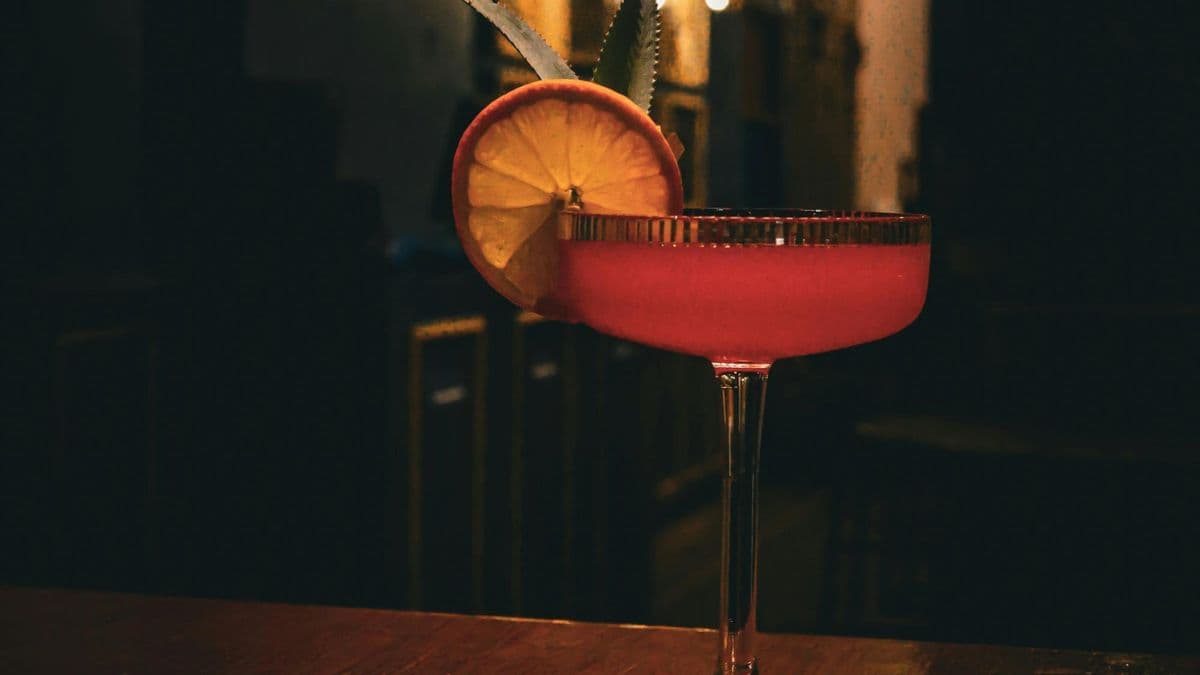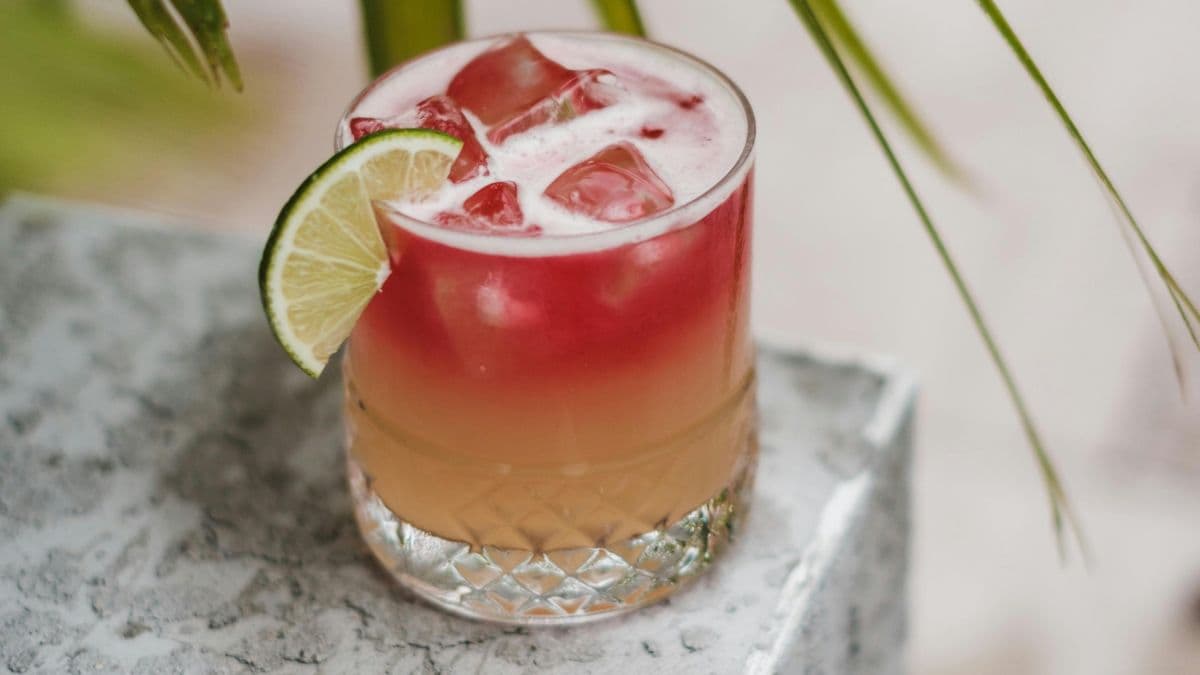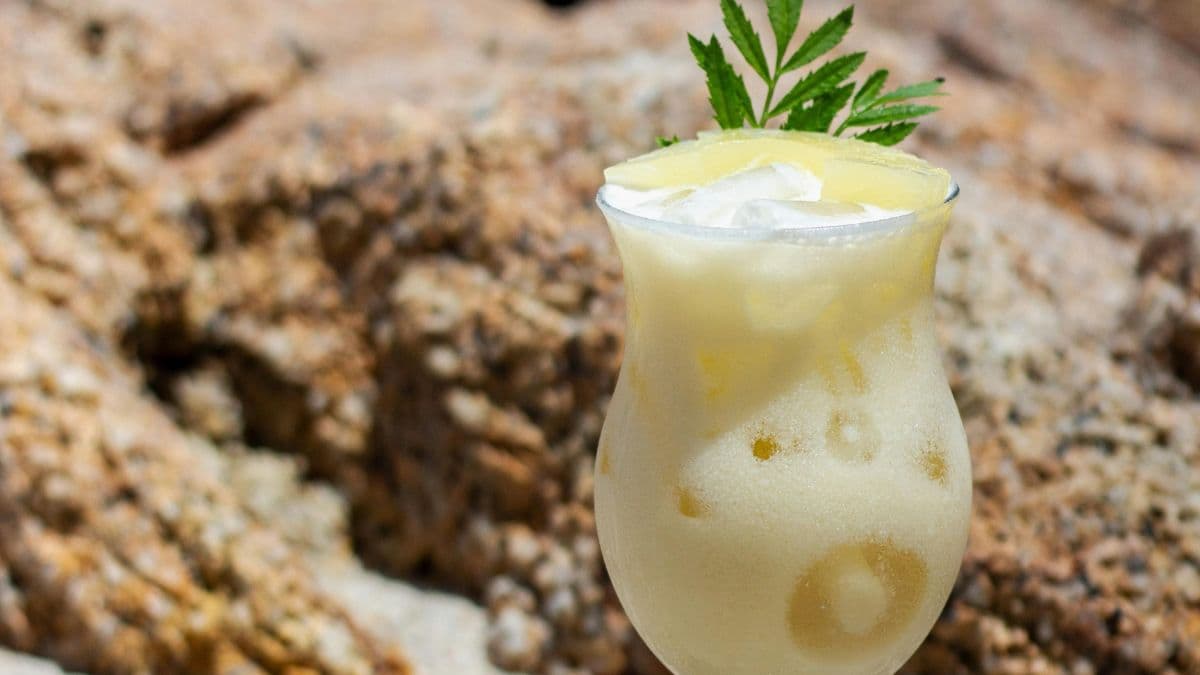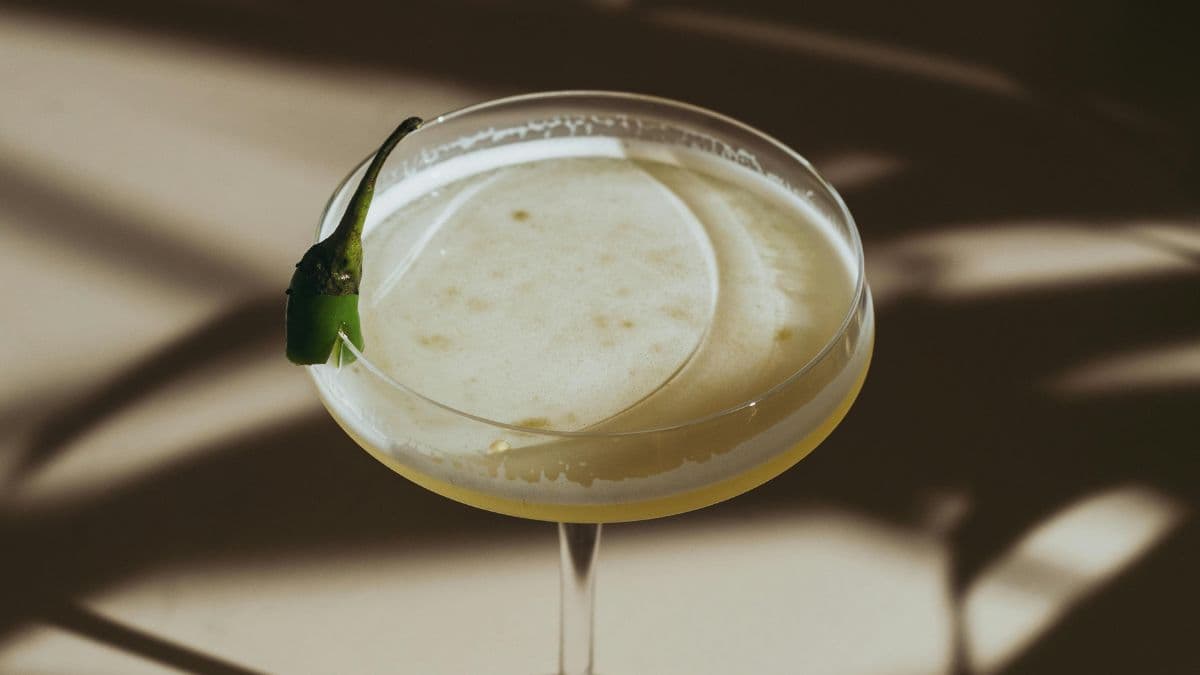Tracing Daiquiri’s Cuban Roots And Its Growing Popularity In Indian Coastal Bars
The daiquiri is a straightforward blend. It brings together about 30 ml of white rum with lime juice and simple syrup in a combination of tart, sour and sweet flavours. But deceptively simple as it may appear, the daiquiri actually carries a very rich history and an engaging origin story that has led to its enduring popularity in cocktail cultures.
Today, Indian coastal bars seem to have newly discovered the daiquiri’s complexity and flavour depth and are slowly making this drink popular amidst their set-ups in humid and tropical climes. With imaginative flavour variations and inventive ingredient additions to the cocktail that reflect the local flourishes of Indian coasts, these bars along the shoreline are making the cocktail their own, in a rather distinctive fashion.

A Cuban Heritage
The daiquiri has travelled to Indian shores amidst a globalised cocktail culture from the bars of Havana in Cuba. Yet, its roots go deeper. Sometime in the early 20th century, an American mining engineer named Jennings Cox first mixed local white rum with lime juice and sugar to produce a drink for his guests when he began to run out of gin, which was a popular spirit at the time. Rather cleverly, the drink came to be known as the daiquiri, conjured as it was in the small town of Daiquirí, located near Santiago de Cuba.

This improvisation was then shaken with ice to serve it chilled in the tropical heat. The resulting concoction became a fresh, well-balanced mix well-suited to the Caribbean climate.
Over time, the classic recipe became quite popular and evolved in Havana’s bars until it reached the prominent literary figure Ernest Hemingway. In the 1930s-40s, the daiquiri was Hemingway’s go-to cocktail at the famed El Floridita bar and he preferred the Hemingway Daiquiri – a version which was tarter and slightly drier, with the addition of just a hint of grapefruit juice and maraschino liqueur.

Eventually the bartender Constantino Ribalaigua Vert refined the daiquiri recipe to make it even more precisely balanced, which along with its literary and celebrity appeal, became instrumental in popularising the drink across global bartending cultures.
And then it was literally a matter of time before frozen daiquiris became popular in the 1950s soon after the rise of the blender. Newer fruitier components began to be infused into the drink leading to a cocktail which carried multiple diverse local and regional touches.
Also Read: 5 Easy Daiquiri Cocktail Recipes From Around The World

Daiquiri Along Indian Coasts
Indian beach cultures are synonymous with a tiki vibe which has perhaps led to the growing popularity of the Caribbean drink, already quite well-known along these shores. The coastal climate of these sandy Indian towns has a slightly humid, briny character and the daiquiri’s crisp flavours cut through this air rather richly. Beach shacks and bars along Goan coasts or Gokarna’s seashores are full of a vibe which goes for easy-to-make, straightforward cocktails – perfectly befitting the daiquiri’s personality.
If that’s not enough, Indian coastal cocktail palates are deeply familiar with the slightly tart, light and fruity characteristics of white rum, which presents itself in a fresh, light format in the daiquiri cocktail.

Moreover, the base ingredients required to make the daiquiri such as lime and sugar are some of the staple elements found in Indian coastal kitchens. And the versatile personality of the drink makes it an interesting base for flavourful regional and seasonal infusions which come in the form of raw mango puree, coconut cream, kokum syrup and even curry leaves that are often used to make daiquiri variations in coastal Indian bars.
The daiquiri has then smoothly seeped into the local coastal bartending cultures, which are infusing it with their own hyperlocal, special flourishes and touches, making their mixology imaginativeness known through these concoctions.
Drink Responsibly. This communication is for audiences above the age of 25.




